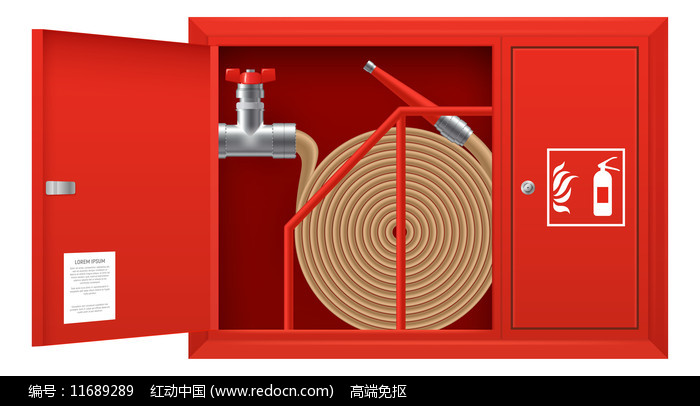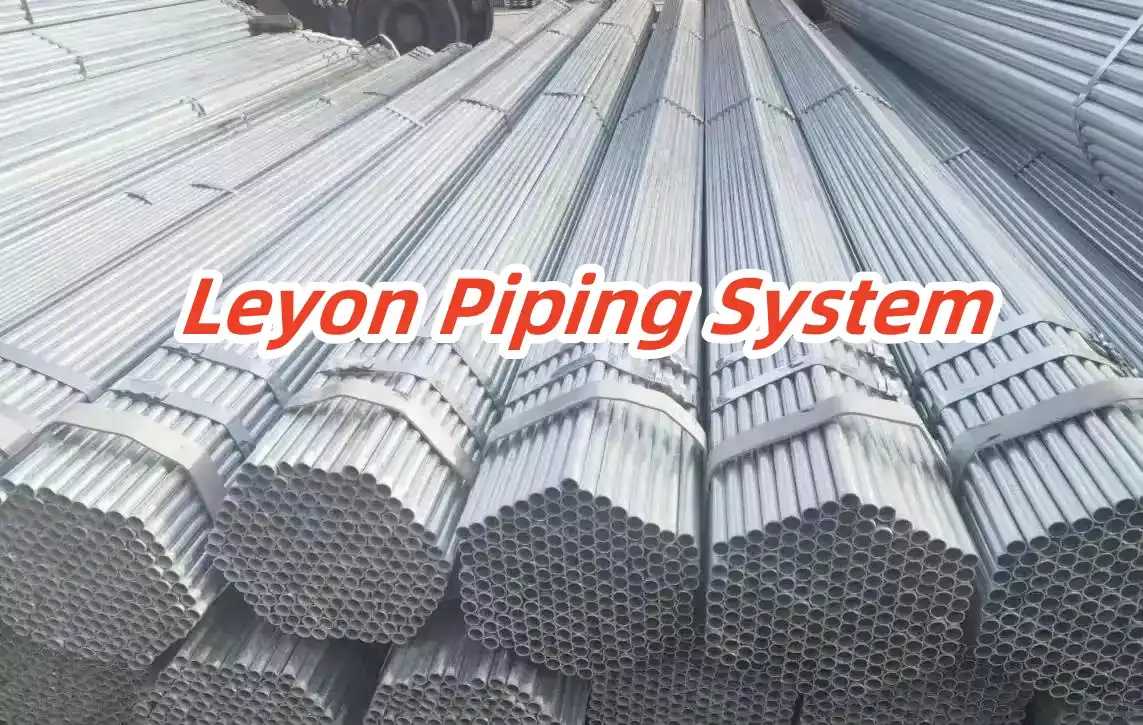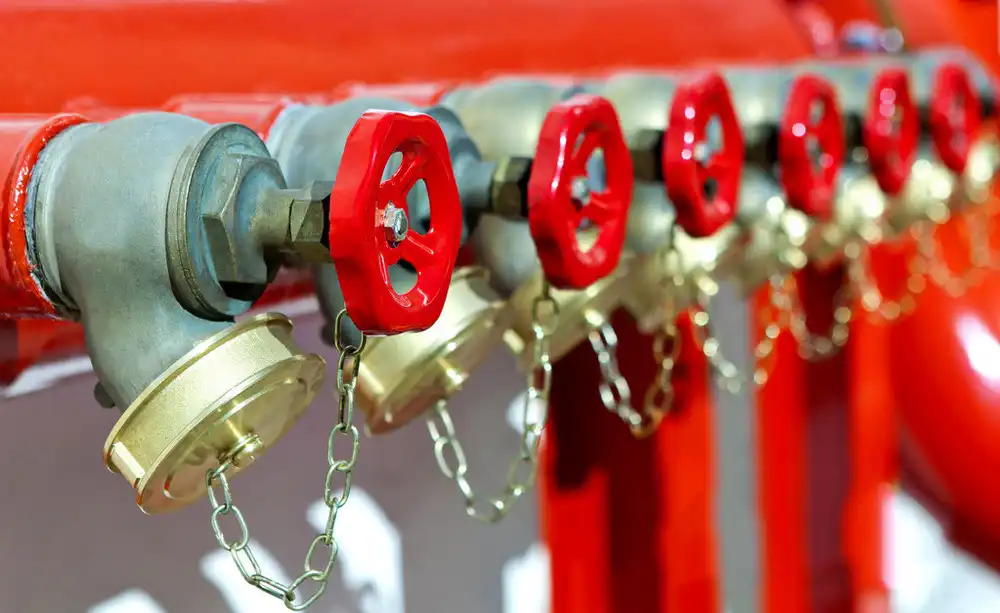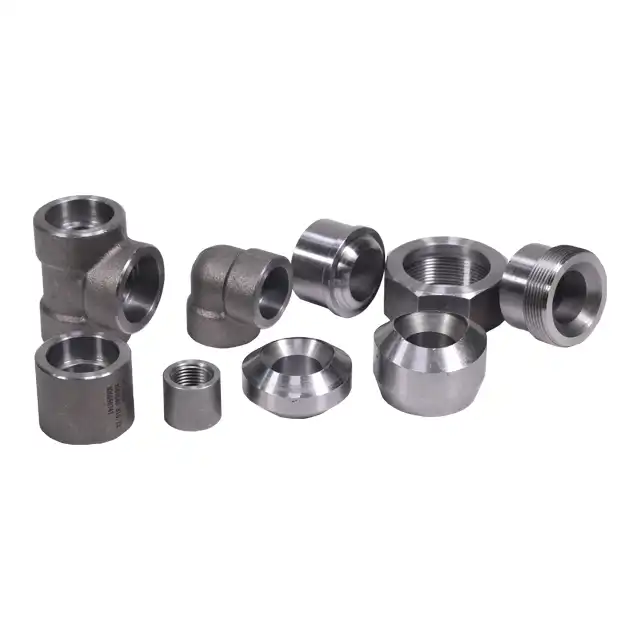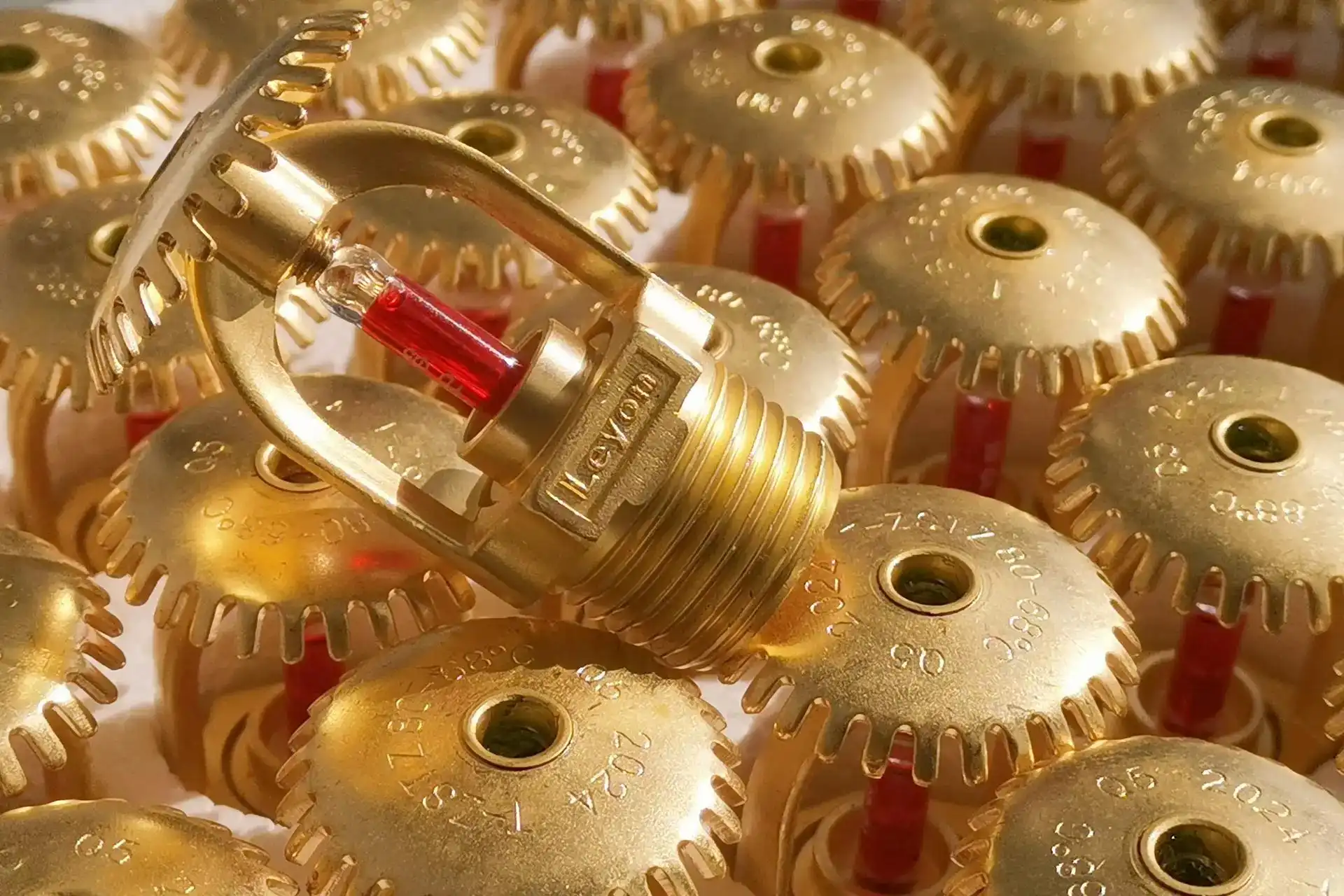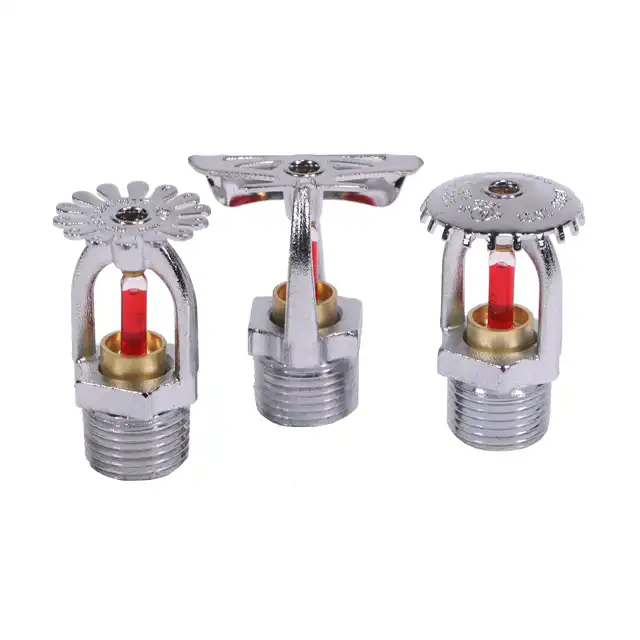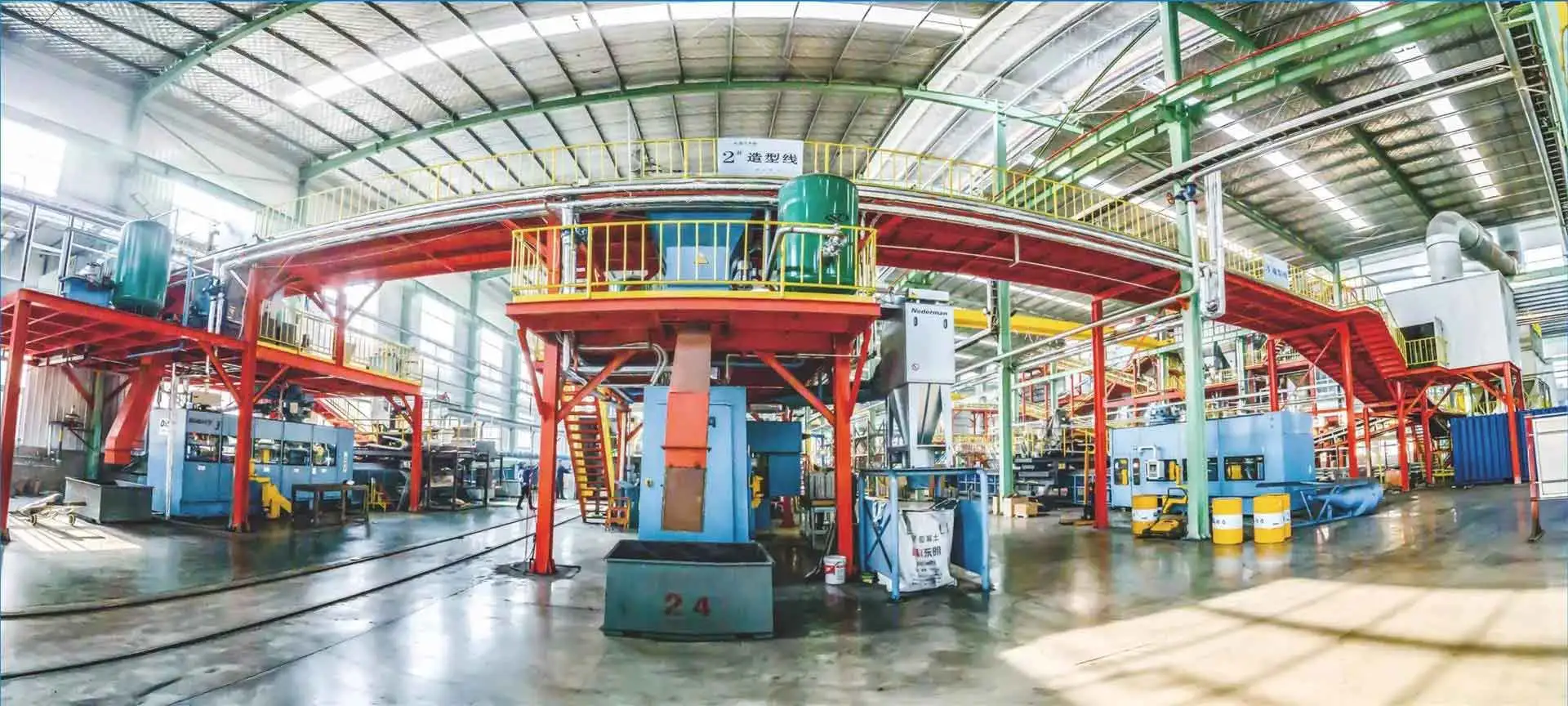Fire fighting sprinkler heads play a critical role in fire suppression and property protection. As an integral part of automatic fire sprinkler systems, these devices are designed to detect heat, activate promptly, and distribute water effectively to control or extinguish fires. Their effectiveness in preventing fires depends on multiple factors, including system design, sprinkler type, and maintenance.
Fire Sprinkler Effectiveness in Fire Prevention
While fire sprinklers are primarily designed for fire suppression rather than outright prevention, they significantly reduce the likelihood of a fire spreading, minimizing damage and protecting lives. Studies show that properly installed and maintained fire sprinkler systems reduce fire-related deaths by over 80% and property damage by around 70% compared to buildings without such systems.
How Fire Sprinkler Heads Work
Fire sprinkler heads are heat-activated devices that automatically discharge water when the surrounding temperature reaches a pre-determined threshold. The key components include:
- Heat-sensitive element (glass bulb or fusible link)– Breaks or melts at a specific temperature, triggering water flow.
- Deflector plate– Distributes water evenly over the fire.
- Orifice and frame– Controls the water flow and directs it efficiently.
Each sprinkler head operates independently, meaning only those exposed to heat will activate, preventing unnecessary water damage.
Key Advantages of Fire Sprinkler Systems
- Rapid Response– Sprinklers activate within seconds of detecting heat, reducing the fire’s intensity.
- Minimal Water Usage– Uses significantly less water than fire hoses, limiting water damage.
- High Reliability– With proper maintenance, fire sprinklers have a failure rate of less than 1%.
- Code Compliance– Required in many commercial and residential buildings per NFPA (National Fire Protection Association) standards.
- Life & Property Protection– Reduces fatalities and structural damage by controlling flames before they spread.
- Cost Efficiency– Investing in fire sprinkler systems can lower insurance premiums and reduce fire-related costs.
- Environmental Benefits– Fire sprinklers use significantly less water compared to fire department hoses, reducing overall environmental impact.
Types of Fire Sprinkler Heads
Fire sprinkler heads come in various designs to suit different applications. The primary types include:
- Pendant Sprinkler Heads– The most common type, hanging from the ceiling and spraying water in a circular pattern.
- Upright Sprinkler Heads– Installed in areas where obstructions exist, directing water upward and then dispersing it.
- Sidewall Sprinkler Heads– Designed for small spaces and corridors, installed on walls to spray water horizontally.
- Concealed Sprinkler Heads– Aesthetic-friendly options that remain hidden until activation.
Common Misconceptions About Fire Sprinklers
- “All sprinklers activate at once.”In reality, only the sprinklers near the fire trigger, limiting unnecessary water discharge.
- “Fire sprinklers are prone to accidental activation.”Modern sprinkler heads are highly reliable, with accidental discharges being extremely rare.
- “Smoke can activate fire sprinklers.”Sprinklers respond to heat, not smoke, ensuring they activate only when necessary.
- “Fire sprinklers are unnecessary in modern buildings.”Even with fire-resistant materials, a fire can spread rapidly, making sprinklers a crucial safety measure.
Installation and Maintenance Best Practices
To ensure maximum effectiveness, fire sprinkler systems must be properly installed and maintained:
- Regular Inspections– Conduct inspections per NFPA guidelines to detect potential issues.
- System Testing– Perform routine testing to ensure sprinkler heads activate as expected.
- Pipe and Valve Maintenance– Keep system components clean and operational.
- Compliance with Local Regulations– Adhere to local fire codes to ensure legal and functional requirements are met.
Conclusion
Fire fighting sprinkler heads are a highly effective fire suppression tool, reducing fire-related casualties and damage significantly. By detecting and controlling fires in their early stages, they play a crucial role in fire safety, property protection, and regulatory compliance. Proper installation, routine inspections, and adherence to fire safety standards ensure optimal performance and reliability.
Investing in a high-quality, compliant fire sprinkler system is one of the best preventive measures against fire hazards. Fire safety is not just a regulation—it’s a necessity for saving lives and protecting assets. A well-maintained sprinkler system not only safeguards lives but also ensures businesses and homeowners stay protected from devastating fire losses.

